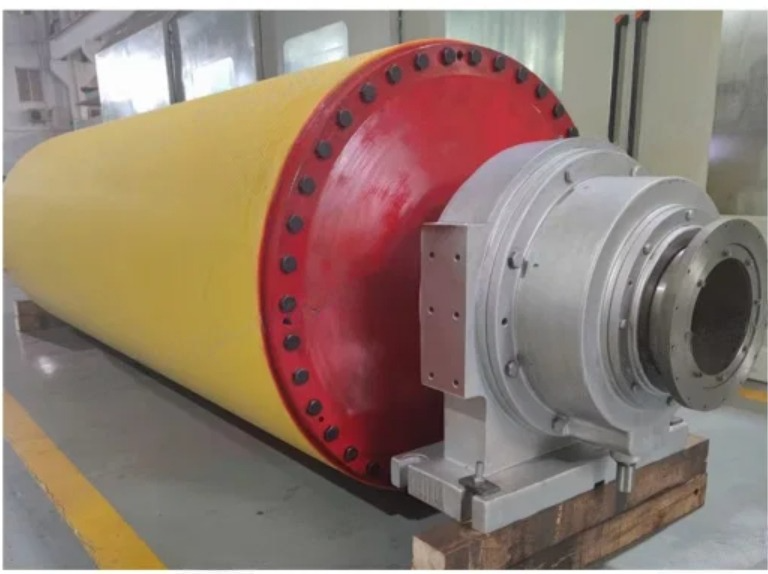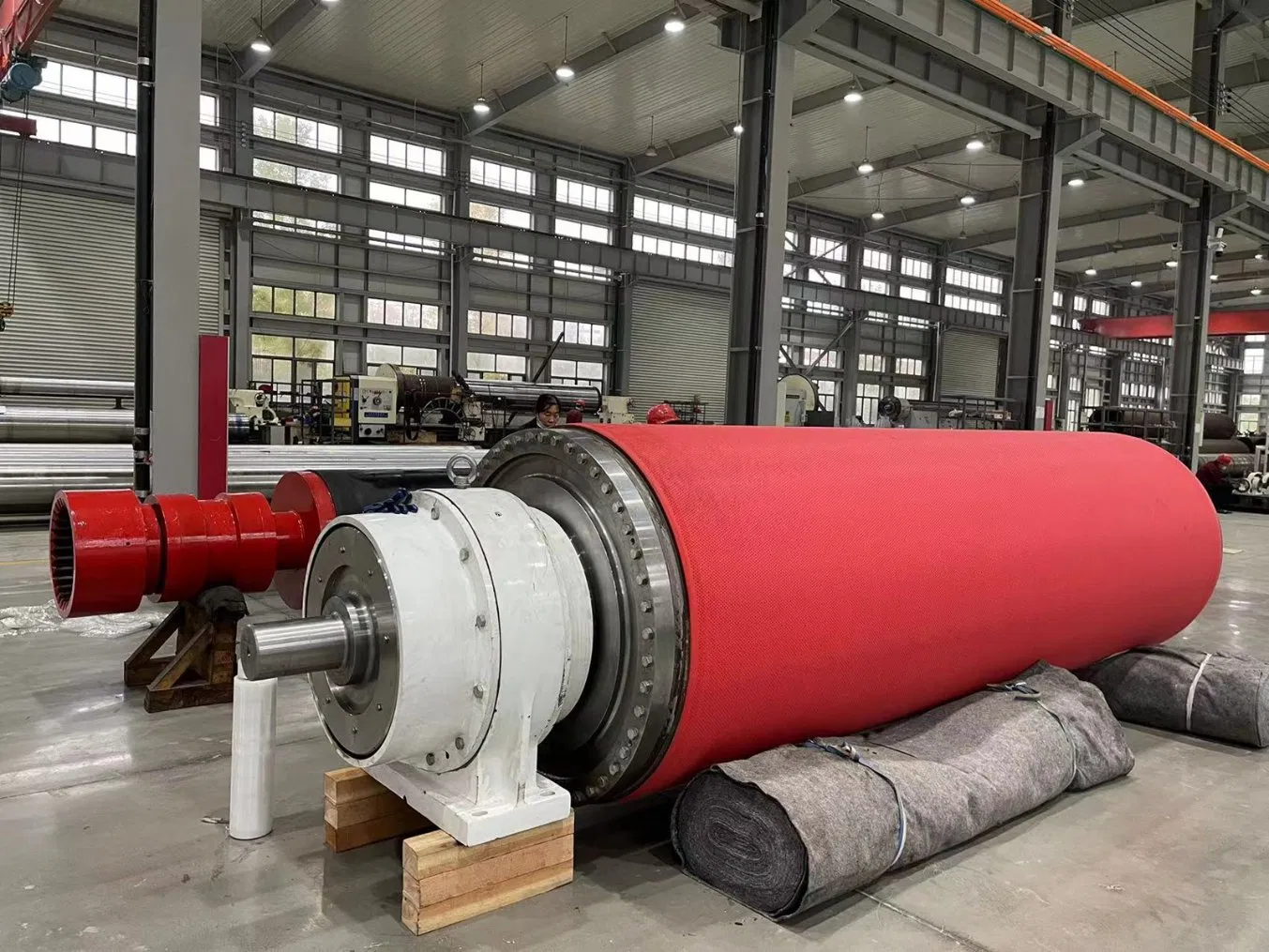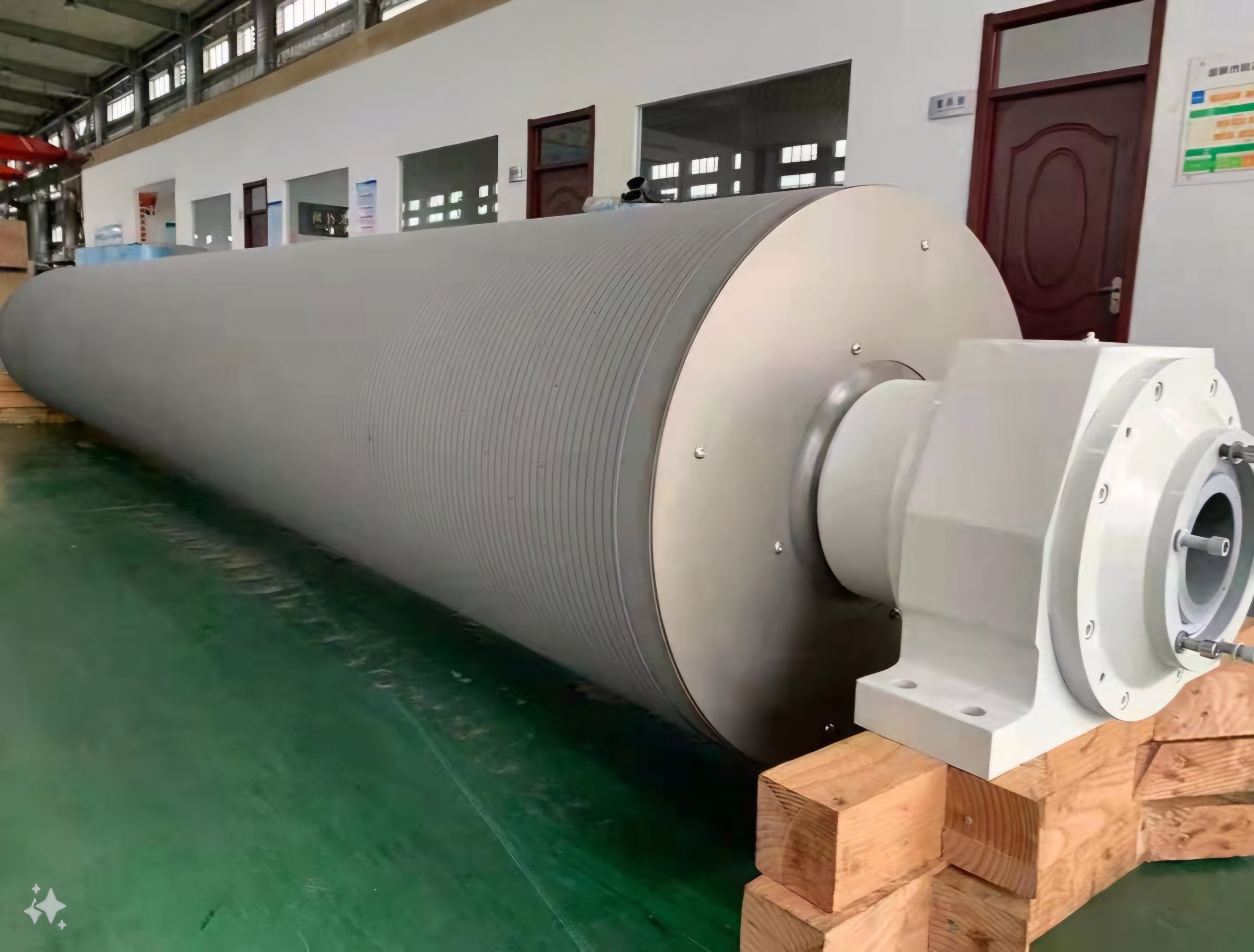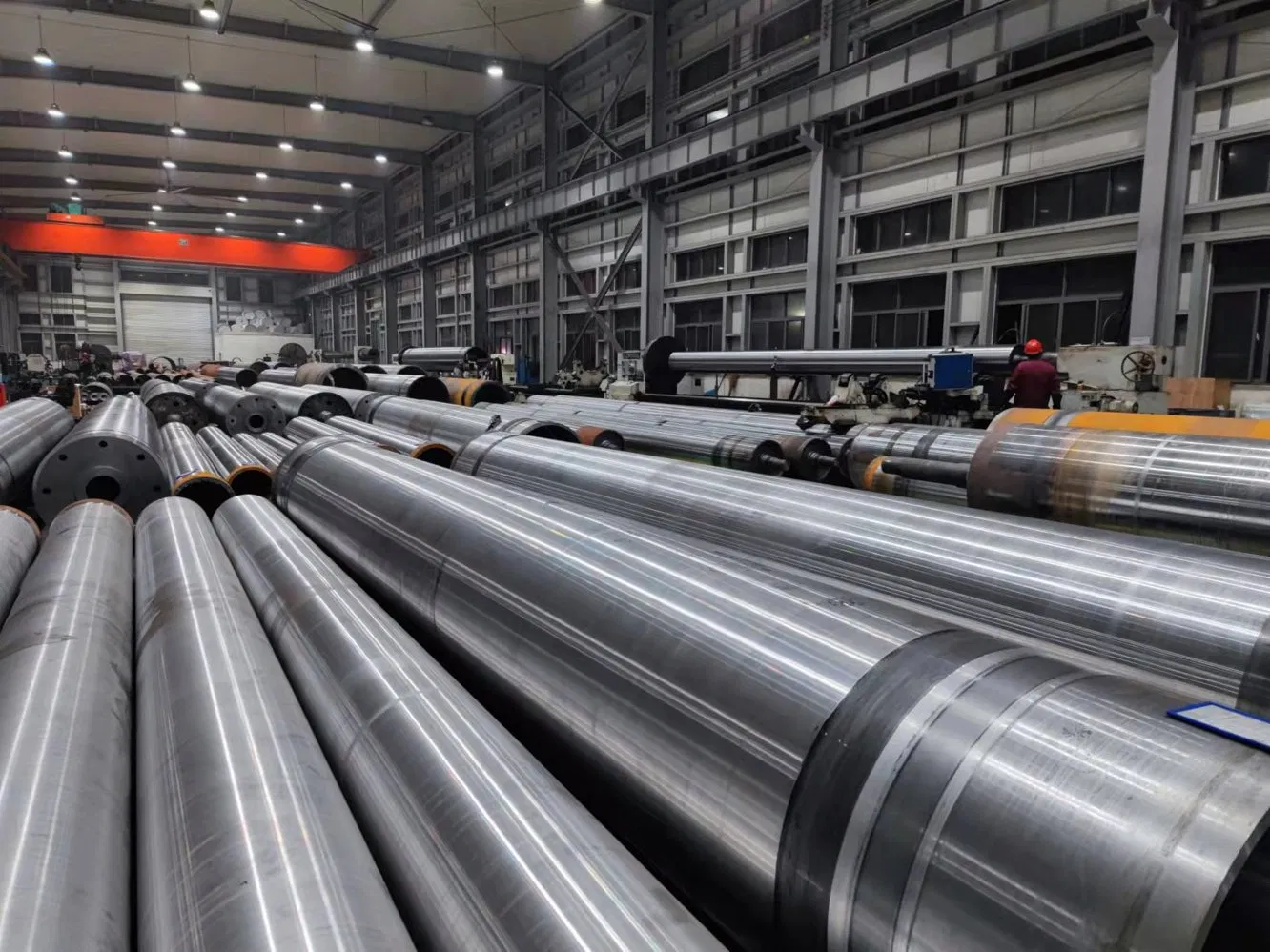About the Author: Dr. Alistair Finch is a leading consultant in paper machine efficiency and materials science. With a Ph.D. in Polymer Engineering and two decades advising top-tier paper mills globally, Alistair bridges the gap between laboratory innovation and shop-floor reality. He is renowned for his holistic approach, viewing the press section not as a collection of parts, but as a dynamic system critical to a mill's profitability.
More Than Steel and Rubber: The Strategic Core of Your Mill
For years, I've walked the floors of countless paper mills, from high-speed newsprint lines to specialty board machines. In every single one, the relentless, rhythmic pulse of the press section tells a story. It's a story of efficiency won or lost, of quality achieved or compromised, and ultimately, of profitability realized or squandered. Many see the massive press rolls as mere components—heavy, durable, and functional. But this is a profound misunderstanding.
A modern paper machine roll is the culmination of a symphony of engineering, materials science, and manufacturing artistry. It is not a commodity; it is a strategic asset. How you specify, source, and maintain these critical components directly dictates your energy bills, your production speed, and the final signature of the paper you sell. In this guide, we'll move beyond the basics and explore the nuances that separate an average press roll from one that provides a genuine competitive edge.
The Players in the Nip: A Family of Press Rolls
The "nip"—that infinitesimal point of contact—is where the magic happens. The type of roll surface used defines the dewatering strategy. Let's look at the main players:

The Workhorse: Grooved & Blind Drilled Rolls
These are the most common solutions for a reason. Both create channels for water to escape the press nip, preventing the hydraulic pressure from rewetting the sheet. Grooved Rolls feature continuous spiral or axial grooves, acting like highways to channel water out to the roll ends. They are excellent for bulk dewatering. Blind Drilled Rolls, as we've discussed previously, use thousands of small cavities as temporary reservoirs. They often provide a more uniform pressure distribution, which can be beneficial for delicate or high-quality grades, reducing the risk of groove marking.
The Finisher: Plain & Smooth Rolls
Used typically in a final press position or against a sensitive sheet, the plain roll provides a smooth, uniform surface. Its dewatering capability is limited to what the felt alone can absorb, but its primary role is often sheet finishing and densification, imparting a smooth surface to the final product.

The Science of the Surface: Decoding Roll Cover Technology
If the roll core is the skeleton, the cover is the muscle and skin. The evolution in roll cover technology has been one of the most significant advancements in papermaking. We've moved from basic rubber to highly engineered polymers, each with a specific purpose.
- Hardness (P&J): This determines the shape and size of the press nip. A softer cover creates a wider nip, increasing the time the paper is under pressure (dwell time), which can improve dewatering but may be limited by speed.
- Abrasion Resistance: Modern paper furnishes are filled with abrasive materials like calcium carbonate and titanium dioxide. A cover made from advanced polyurethane or composite materials can withstand this wear far better than traditional rubber, leading to longer grinding intervals and a more stable nip profile.
- Chemical & Thermal Stability: The wet end of a paper machine is a harsh chemical soup. The cover must resist these chemicals without swelling or degrading. It also needs to handle the heat generated in the nip at high speeds without losing its mechanical properties.

From Component to Partnership: Engineering Your Success
This brings us to the most crucial point: you are not just buying a roll; you are entering a technical partnership. The best roll manufacturers don't just take orders. They engage in a deep dialogue to understand your world:
- What furnish are you running?
- What are your target machine speeds?
- What are your current bottlenecks—felt life, rewetting, sheet marking?
- What is your operational maintenance schedule?
Companies that master custom roll engineering, like the specialists at ER88P, operate on this level. They leverage their deep knowledge of materials and manufacturing to design a roll that is not just a replacement, but an upgrade. This might mean proposing a new polyurethane compound to extend cover life, redesigning a drilling pattern to eliminate shadow marking, or perfecting a crown profile to ensure a uniform moisture profile across the entire sheet.
The Unseen Details That Define Quality
Two rolls can look identical but perform worlds apart. The difference lies in the details:

Dynamic Balancing: At high speeds, even a minor imbalance in a multi-ton roll can create destructive vibrations, leading to barring, chatter, and premature bearing failure. Balancing a roll to ISO G1.6 or G1.0 standards is not a luxury; it's an absolute necessity for high-speed machines.
Shell Integrity: The core must be flawless. Advanced manufacturers use ultrasonic testing and other non-destructive methods to ensure the roll shell is free from internal defects that could lead to catastrophic failure under load.
Crowning and Grinding: A roll is not perfectly cylindrical. It is ground with a slight "crown" in the center to compensate for the deflection that occurs under immense nip pressure. Getting this crown profile exactly right is critical for achieving a uniform moisture profile in the final paper sheet. It's a science that requires both sophisticated equipment and experienced technicians.
Final Thoughts: Your Press Roll, Your Future
The press section is the economic engine of your paper machine. By moving your perspective of the press roll from a passive component to an active, engineered solution, you unlock new levels of performance. Every decision—from the core material to the cover polymer to the manufacturing partner you choose—is an investment in a more efficient, profitable, and sustainable future for your mill.
Elevate your operations with engineered solutions. Explore our portfolio of high-performance paper machine rolls.


